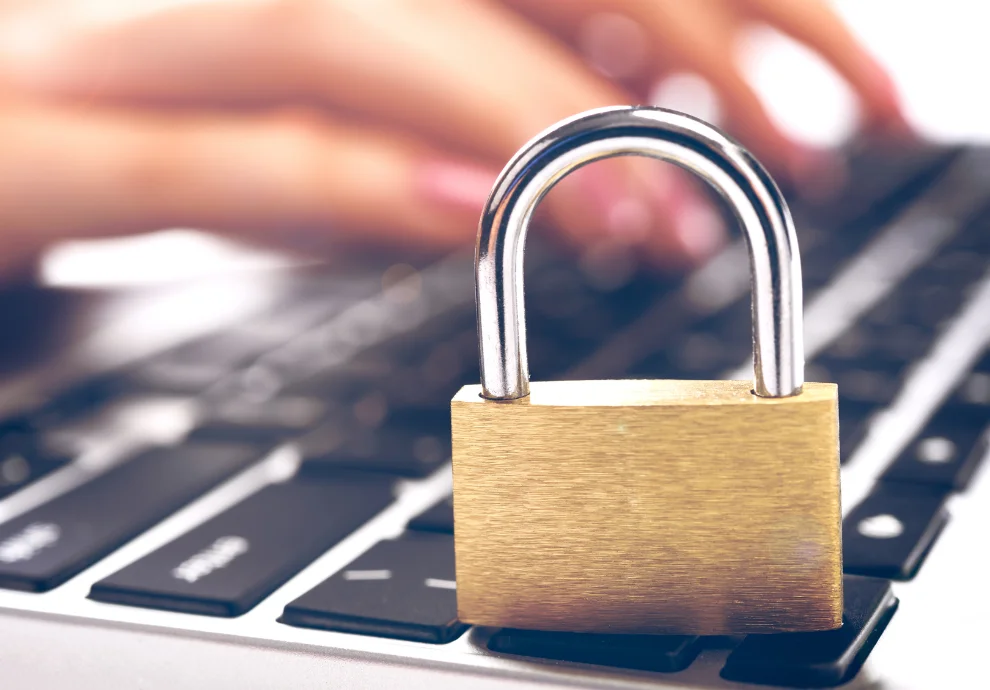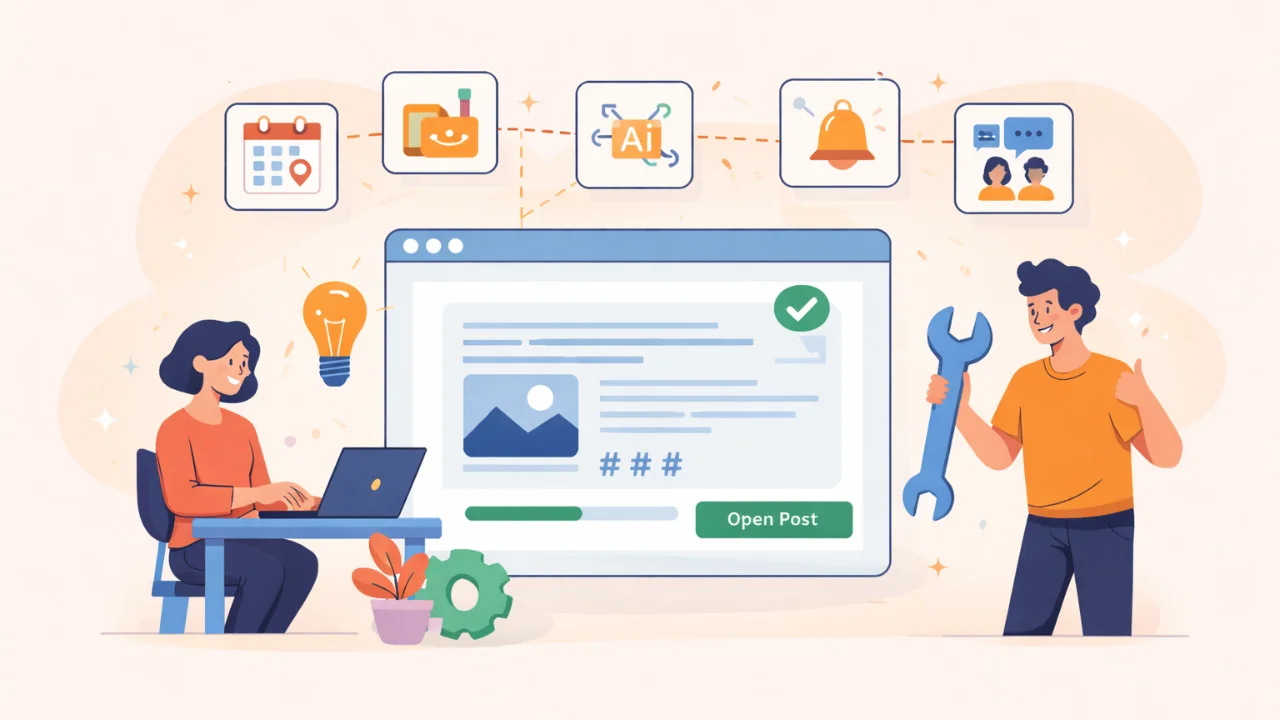Introduction to Social Media Identity Theft
Social media has became an integral part of our daily lives, connecting us to people and communities around the world. In fact, over half of the world’s population - approximately 4.76 billion people - now use social media, with 137 million new users coming online in just the past year alone. With so many people using social media, it’s no wonder that it has become a prime target for identity theft.
Identity theft is the unauthorized use of someone’s personal information, such as their name, address, social security number, or credit card details, for fraudulent purposes. This crime can cause significant damage to a person’s reputation and financial stability. Shockingly, around one in three Americans have experienced identity theft, which is more than double the global average.
There is a combination of ID theft and personal data breaches take place every year. The USA alone witnessed more than 50,000 cases of identity theft. However, many similar crimes are believed to go unreported. Social media identity theft is a growing concern, as cybercriminals can use social media platforms to gather personal information about their victims and use it to impersonate them, steal their identities, and commit fraud.
In this blog post, we’ll discuss how social media identity theft happens and provide tips on how to protect your personal profile. Let’s get started!
What Are The Risks Of Identity Theft?
Identity theft is a crime that can happen to anyone, and the consequences can be devastating. A few years ago, a friend of mine experienced identity theft through her social media accounts. It started when she received an email from her bank alerting her of suspicious activity on her credit card. She had never used the card for any transactions, and yet someone had charged over $500 worth of merchandise in just one day. As she investigated further, she found out that her social media accounts had been hacked, and the hackers had gained access to her personal information.
The criminals had used her name, date of birth, and other personal details to open credit cards, apply for loans, and make fraudulent purchases. It took her months of paperwork, phone calls, and legal proceedings to clear her name and restore her credit score. The experience was traumatizing and costly, and it made me realize how easy it is to fall prey to social media identity theft.
The following are some of the risks of identity theft on social media accounts:
Exposure of personal information: Social media users often share personal information such as their full name, date of birth, phone number, email address, and location. Hackers use such details to mimic users and can steal their identities. Social media platforms can also collect and store user data, which can be accessed by third-party apps and advertisers, making users vulnerable to data breaches and cyber attacks.
Malware and phishing scams: Hackers can use social media to distribute malware and phishing scams. They can create fake accounts, posts, and messages that appear to be from a trusted source, such as a friend or a brand. These scams can trick users into downloading malicious software or giving away their personal information.
Social engineering: Social media users can be targeted by social engineering attacks, which involve manipulating users into divulging sensitive information. Hackers can use social engineering tactics such as fake job offers, fake charity requests, and fake investment opportunities to trick users into giving away their personal information.
4. Reputation damage: Social media identity theft can also damage a user’s reputation. Hackers can use a user’s social media accounts to post offensive or illegal content, leading to negative consequences such as loss of employment, loss of relationships, and legal consequences.
5. Financial loss: Social media identity theft can result in significant financial loss. Hackers can use a user’s personal information to open credit accounts, apply for loans, and make fraudulent purchases. This can lead to debt, damaged credit scores, and financial instability.
How to secure your personal information on social media
Privacy on social media is a crucial concern for anyone who uses these platforms. It’s essential to take steps to protect your personal information and ensure that only people you trust can access your posts, profile, and personal details. Here are eight tips to help you keep your information private on social media:
1. Use a security solution
Using SSL is an essential step to ensure that your information is protected when accessing social media platforms. SSL is a security protocol that encrypts data between your device and the website you’re accessing. SSL certificate can be either single domain or wildcard or multi domains. Use SSL for multidomains if your site runs on multi domains, as it ensures that your information is protected. When you see the padlock icon in the browser address bar, it indicates that the website is secure. By using SSL for multiple domains, you can protect your personal information from hackers and cybercriminals.
2. Check your privacy settings
All social media platforms offer privacy settings that allow you to control who can see your posts, profile, and personal information. Make sure to review and adjust your privacy settings regularly to ensure that only people you trust can access your information. Use privacy on social media as much as possible. You can customize your privacy settings to control who can see your posts, comments, and personal information. For example, you can limit the visibility of your profile and posts to only your friends or specific groups.
3. Be cautious of friend requests
You should only accept request from known persons. Hackers can create fake accounts to gather personal information, so it’s crucial to verify the identity of the person before accepting their friend request. Be cautious of friend requests from strangers or people you don’t know well. If you’re unsure, you can always check their profile and mutual friends to ensure that they are who they say they are.
4. Don’t share personal information
Avoid sharing personal information such as your phone number, home address, and financial details on social media. Such information can be used to steal your identity and pursue fraud. Be mindful of the information you share online, and avoid oversharing personal details that could compromise your security. If you need to share personal information, make sure to do it privately and with people you trust.
5. Be careful what you post
Think twice before posting anything on social media, including photos, comments, and personal opinions. What you post online can be seen by anyone, including potential employers, colleagues, and even hackers. Be careful about what you post online and think about how it could affect your reputation and privacy. Avoid posting anything that could put you at risk, such as personal information or controversial opinions.
6. Use strong passwords
Using strong, unique passwords for each of your social media accounts is crucial to prevent hackers from accessing your personal information. Avoid using common phrases or personal information in your passwords, as these can be easily guessed by hackers. Password should include upper and lower case letters, symbols & numbers. You should change passwords frequently and check their reliability with a password strength test. Moreover, there should be two-factor authentication for extra security.
7. Avoid public Wi-Fi
Public Wi-Fi networks are often unsecured and can be easily hacked. Avoid accessing your social media accounts on public Wi-Fi networks, especially when sharing personal information. If you need to access social media on the go, consider using a virtual private network (VPN) to encrypt your internet connection and protect your personal information.
8. Keep your software up to date
Keeping your computer, phone, and social media apps up to date is essential to protect against known vulnerabilities and malware. Software updates often include security patches that fix known vulnerabilities and protect against cyber threats. Ensure that your computer, phone, and social media apps are set to automatically update, or regularly check for updates manually. By keeping your software up to date, you can ensure that your personal information is protected from cyber threats.
The Bottom Line
In conclusion, social media identity theft is a growing concern, with millions of people around the world falling prey to cybercriminals every year. The risks of social media identity theft are significant and can cause financial loss, damage to reputation, and even legal consequences. It’s crucial to take steps to protect your personal information and ensure that only people you trust can access your posts, profile, and personal details. By following the eight tips we’ve discussed, you can keep your information private on social media and reduce the risk of becoming a victim of identity theft. Remember, prevention is key, and being mindful of what you share and who you connect with can make all the difference. Stay safe online!





